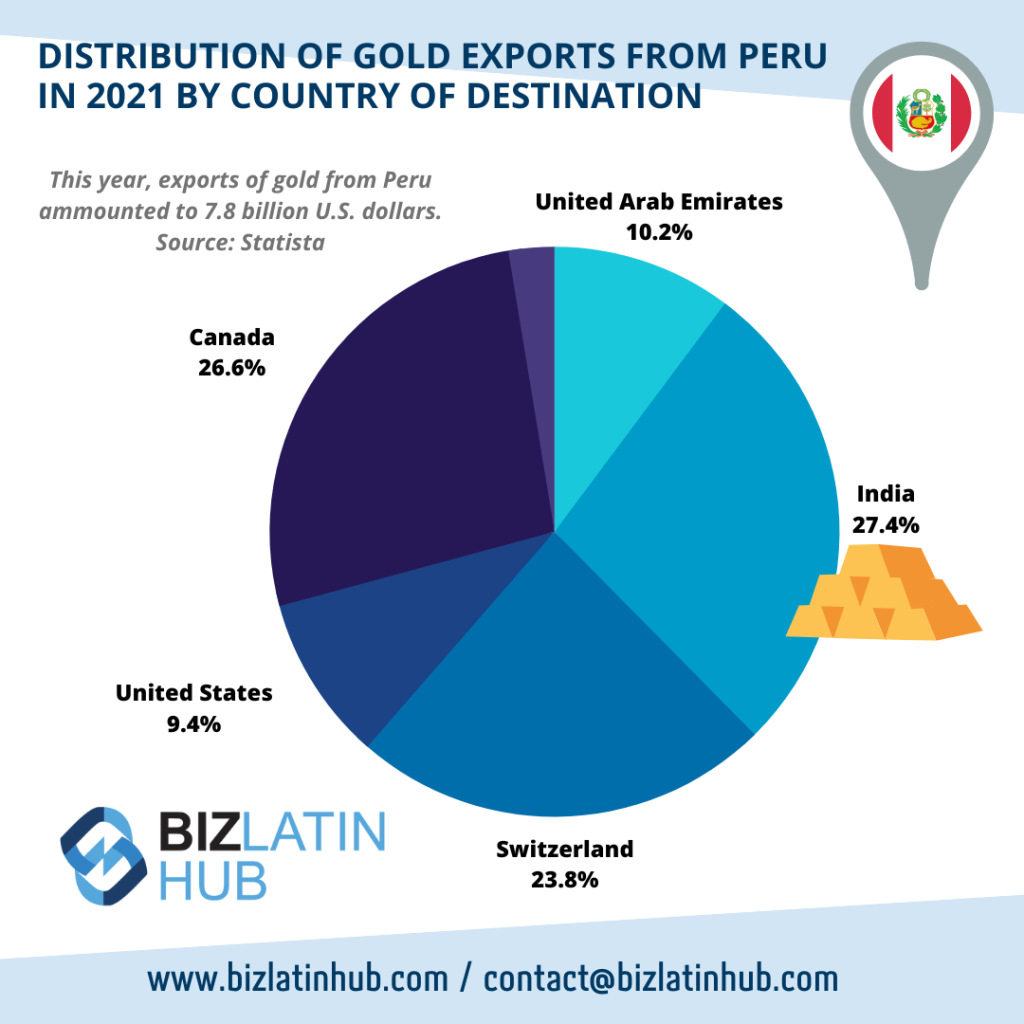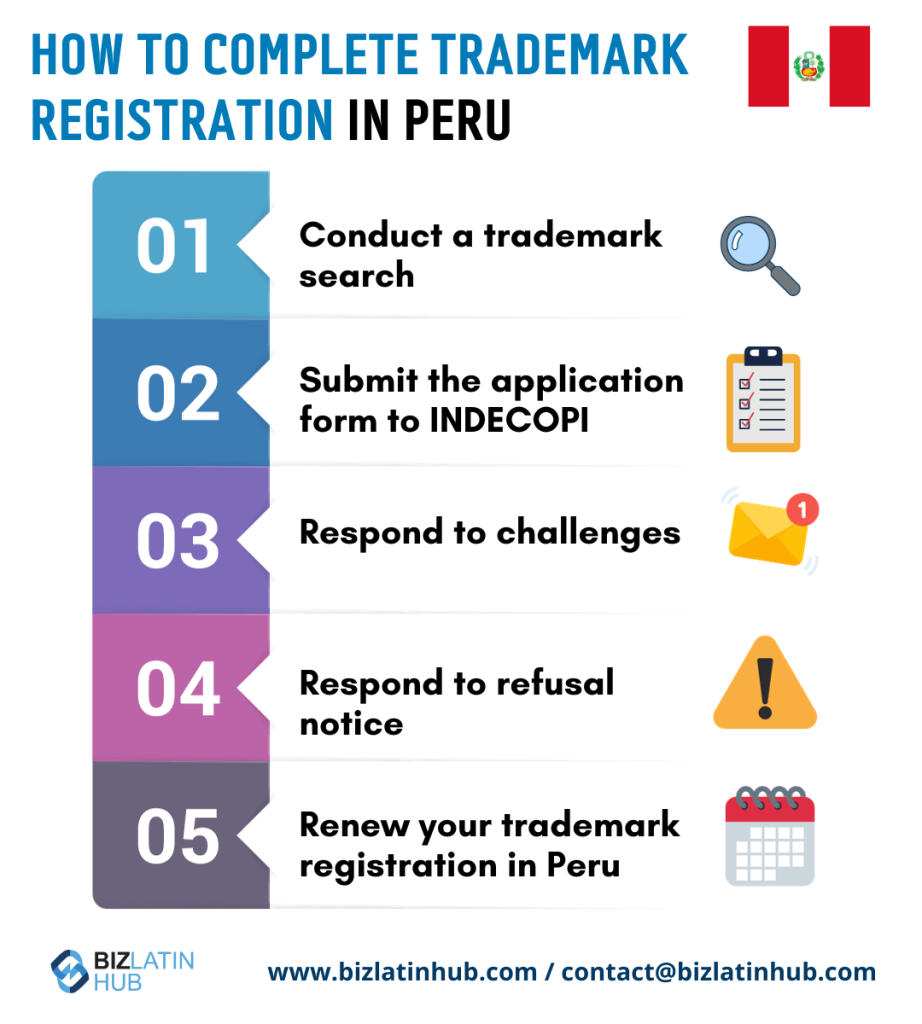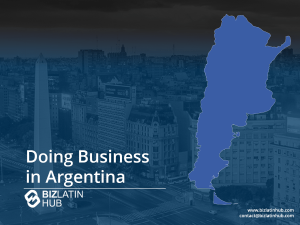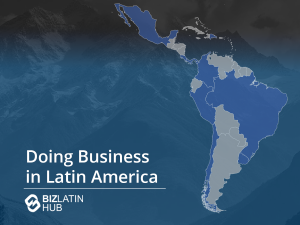Exporting Peruvian Wine: Since 2013, Peru has become one of the fastest growing countries Latin America. It is one of the most attractive countries for international trade and business in Latin America. LatinFocus panelists expect GDP to accelerate and increase 4.2%. Today, Peru is under the “new management” of President Pablo Kuczynski who is committed to keeping the country open to foreign trade and investment.
When thinking of Peruvian exports, mining products are first to come to mind, yet with a fast-growing culinary industry in Peru and in the rest of Latin America, viticulture is on the rise. This is due to a combination of quality, a rise in Latin American demand as well as a multitude of Free Trade Agreements present in the country.

Peruvian Wine: A Unique Geographic Disposition
Peru has an astonishing natural diversity of landscapes, ranging from its 2,414km of Pacific coastline, its high peaked mountains in the Andean North, its arid deserts in the south and one of the most complex river systems in the world which is home to the source of the famous Amazon River.
Placed between the equator and the Tropic of Capricorn it is technically completely outside of the “wine belt” yet the combination of cool maritime winds from the Pacific, intense sun and high Peruvian plains which are only kilometers away from the sea all contribute to a successful combination for wine making.
The main regions surrounding the city of Pisco (125 km south of Lima) are Chincha, Ica, Moquegua, and Tacna. Each of them has different characteristic but remain fairly consistent, especially compared to the variety of terroirs in France. One of the main characteristics of Peruvian wines is their high level of alcohol and fruitiness. Similarly to Chilean and Bordeaux wines, they owe these characteristics to the grapes uses as well as this relationship between the intense sun and maritime influences. Ica, for example, is known locally as “land of the sun” and only 43km from the Pacific Ocean.
Peru has seen one of the greatest culinary revivals the world has witnessed, beginning in 1994 with the return of the famous Gaston Acurio and his opening of Astrid & Gaston. Today the gastronomy scene is one of the most exciting in the world and with a good meal comes to a good wine. This new rise in demand has been met with a rise in quality supply.
Due to this change being so recent, Peruvian wine is still very niche, yet business is about spotting trends before others do and Peru shows great potential on that front. As explained below, cheap prices combined with low barriers to entry for trade and business alike all add to form a great opportunity.
Exporting Peruvian Wine; Made Easier by Peru’s FTA’s
Another factor that attracts foreigners to do business in Peru is the extent of the country’s international trade which is highlighted in its multiple free trade agreements and partnerships that encourage international investment. Peru has:
- 27 bilateral investment treaties with countries all around the world, including China and the UK
- Investment chapters in 13 free-trade agreements, including the European Free Trade Association and the US
- 8 double tax treaties, which help avoid double taxation for residents of the contracting states
Additionally, Peru is involved in the Trans-Pacific Partnership (along with Australia, Brunei, Canada, Chile, Japan, Malaysia, Mexico, New Zealand, Singapore, United States and Vietnam) and is a member of the Pacific Alliance (along with Mexico, Chile, and Colombia).
Peru has negotiated several trade agreements with large and medium-sized markets in recent years such as the most recent FTA with Australia.
Why Peru is a Safe Place to Invest Time and Energy in Trading Wine:
Peru has ranked ahead of some of the other top 20 border markets such as Colombia, Mexico, Russia and South Africa. Investment confidence in the region is growing and many international investors have realized that doing business with Peru can be very profitable. Whether this investment is in the form of international trade, company formations or acquisitions, this developing country is very attractive for foreign investors.

Tariffs for Trade in Peru
A nation’s customs regulations provide the legal framework for the importation and exportation of goods, including outlining the duties and tariffs applicable for specific goods, under specific circumstances. As such, it is important for all companies involved in international trade to be familiar with all of the local regulations and applicable fees and charges. Specifically, within Peru, the regulations define that all goods fall within eight distinct categories (and on occasion may fall within multiple categories).
Where to Trade to in Latin America?
Since the creation of MERCOSUR, trade opportunities between various South American Countries have flourished. This FTA has facilitated the trade between Bolivia, Chile, Peru, Colombia, Ecuador and Suriname with Mexico and New Zealand having been included through observer statuses.
Latin American economies have recently shown a great deal of potential with stable politics and a rapid sustained growth during the last decades. These strong and diversified economies are now home to low trade barriers which has given way to many trading opportunities.
Mexico is one of the greatest importers of consumer goods in the southern part of the continent and as stated above is far from having protectionism as part of its economic strategy. When comparing these figures with GDP per capita of both unions of states one can fully appreciate the potential and benefits of trading within the MERCOSUR FTA.
Before engaging in international trade, you should contact an international trade lawyer who can help you to navigate through the Peruvian laws, regulations, and back office services relating to the importation and exportation of products.
Biz Latin Hub can assist you doing business in Peru
At Biz Latin Hub, we can provide you with the assistance you need when entering the market and doing business in Peru.
Our comprehensive portfolio of professional solutions includes accounting & taxation, company formation, due diligence, legal services, visa processing, and hiring & PEO, and we provided tailored packages of integrated back-office services to suit every need.
Whether you are interested in Peru imports and exports, or any other type of business venture, contact us today to find out more about how we can help you reach your commercial goals.
Or read about our team and expert authors.






